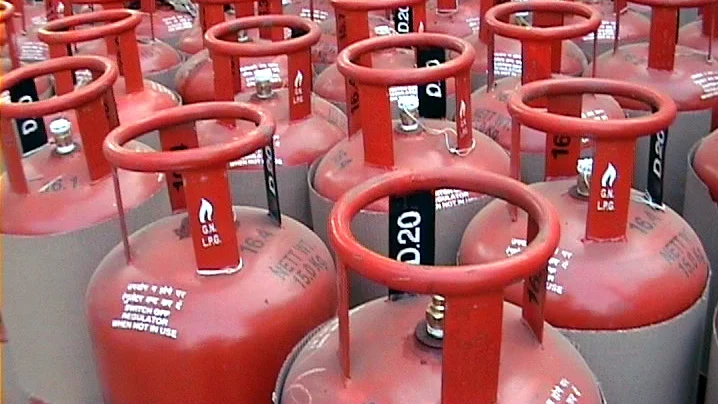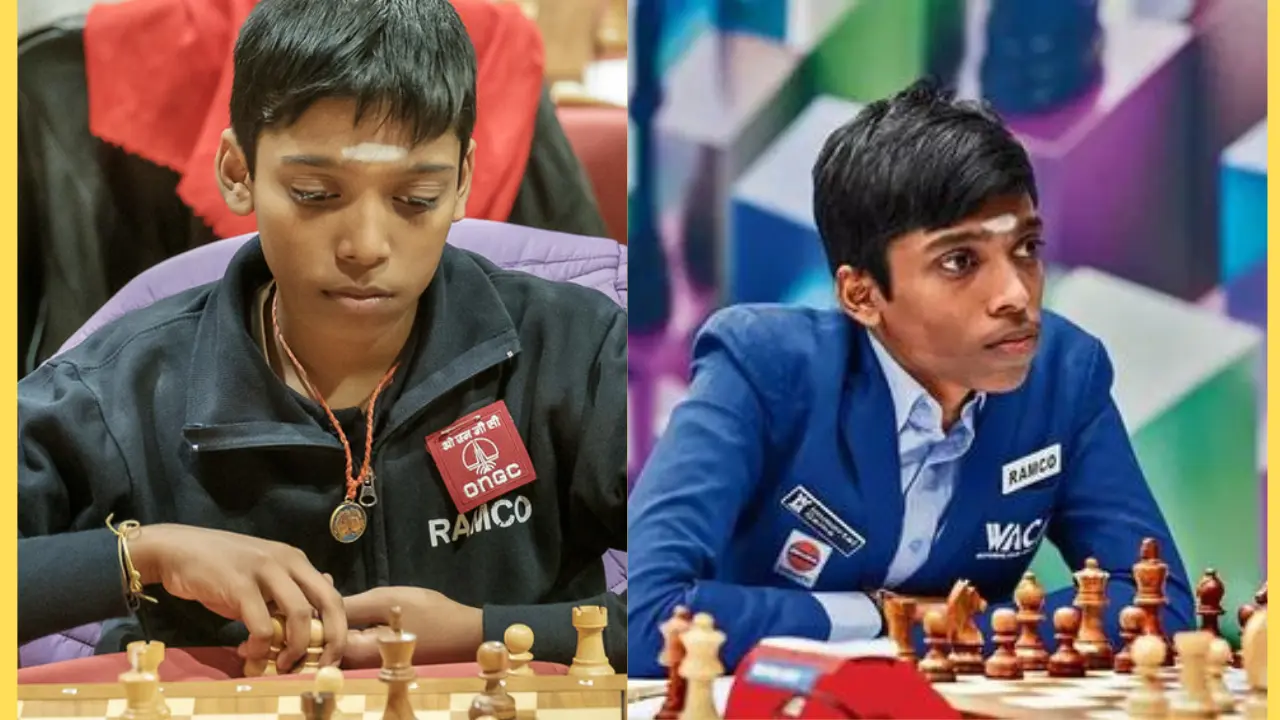
As per the National Center for Seismology (NCS), a magnitude 1.5 earthquake struck Noida, Uttar Pradesh, located near Delhi, on Wednesday night. It appeared place six kilometers deep at 8:57 PM, with its epicenter in Sector-128 of Noida.
The jolt with a magnitude of 1.5 is barely noticeable on the surface. Before this incident, during the evening of Wednesday, a seismic event with a magnitude of 2.9 was registered in the Pauri Garhwal area of Uttarakhand, while a tremor measuring 3.4 on the Richter scale reverberated through Kolhapur, Maharashtra. On Tuesday, strong tremors were felt in Delhi-NCR and various parts of northern India. The event occurred around 1:30 PM and lasted for a challenging few moments. According to the National Center for Seismology, a 5.4 magnitude hit Doda in Jammu and Kashmir, resulting in powerful jolts across northern India.
At present, there are no reports indicating any harm or casualties. Tremors were felt in Chandigarh, Jaipur, Jammu and Kashmir, and other neighboring regions. Early report says that the seismic vibrations were powerful enough to feel the vibrations in far-off regions, in places like Islamabad and Lahore in Pakistan.
An earthquake accompanied by a slide (a connection between two tectonic plates) is a primary source of an earthquake; these earthquakes are known as interplate earthquakes. Intraplate earthquakes are those that occasionally occur within the tectonic plates themselves.
Situated below the observable tectonic plates on the Earth’s exterior, the asthenosphere is a layer containing long-term fluid properties. Due to the Earth’s high temperature and pressure in the core, the asthenosphere convects, leading to the movement of tectonic plates.
Following a high-magnitude earthquake, several mild aftershocks often occur. For example, in Turkey, after a magnitude 7.8 earthquake, a second earthquake with a magnitude of 7.5 occurred about nine hours later. While the second earthquake could be considered an aftershock of the first, Shreenagesh Davuluri, former director of the Earthquake Science Laboratory at IIT Madras and CSIR-National Geophysical Research Institute, emphasized that this earthquake was not an aftershock.

